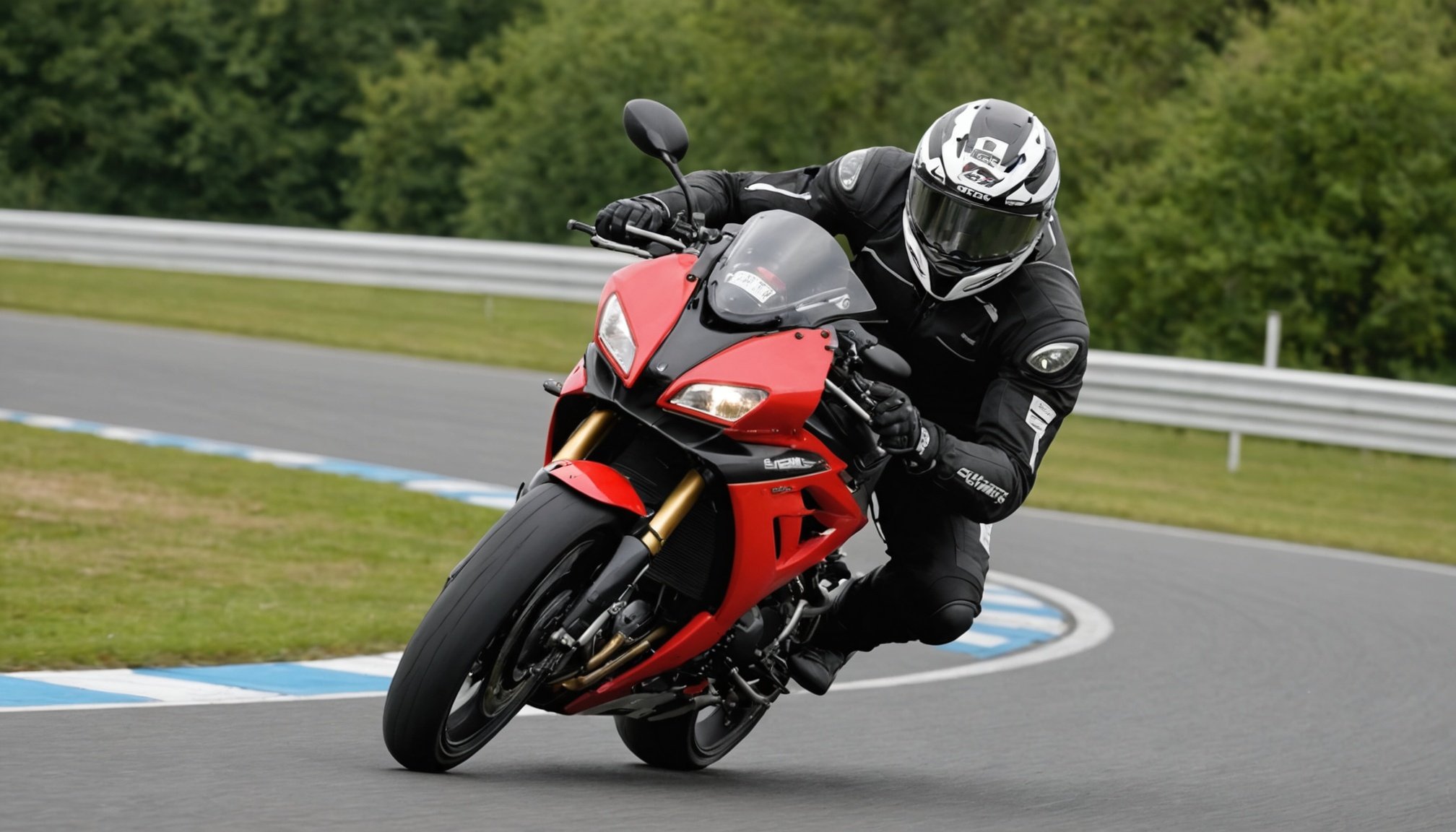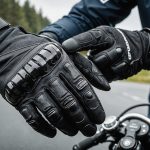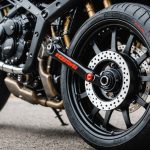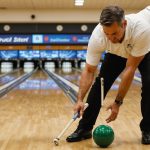Unlocking Tank Grip Techniques: Elevate Your Sport Bike Handling Skills in the UK
Understanding the Basics of Tank Grip
When it comes to handling a sport bike, one of the most critical skills to master is the tank grip. This technique is essential for maintaining control, especially during high-speed maneuvers or when navigating tight corners. The tank grip involves holding the fuel tank with your knees and thighs, which helps in stabilizing the bike and improving your overall riding position.
To start, make sure you are comfortable with the basic riding position on your sport bike. This includes sitting with your feet on the footpegs, your hands on the handlebars, and your body slightly leaned forward. The key to a good tank grip is to ensure that your knees are firmly gripping the tank, with your weight evenly distributed between the seat and the footpegs.
Also read : Essential sport bike glove selection for optimal grip in challenging uk wet weather conditions
Positioning and Body Alignment
Proper positioning and body alignment are crucial for an effective tank grip. Here are some tips to help you get it right:
- Knee Position: Your knees should be bent and pressed against the tank, with your thighs forming a tight seal around it. This helps in transferring your body weight to the bike and improves stability.
- Seat Height: Ensure that the seat height is adjusted so that your legs are slightly bent when your feet are on the footpegs. This will help you maintain a stable position.
- Handlebar Grip: Hold the handlebars firmly but not too tightly. Your elbows should be slightly bent to absorb any bumps and maintain control.
- Weight Distribution: Keep your weight centered over the bike, with a slight bias towards the front when cornering.
Practicing the Tank Grip
Practicing the tank grip is essential to make it a natural part of your riding technique. Here are some steps to help you practice:
On a Closed Course
- Find a safe, closed course such as a racing track or an empty parking lot where you can practice without the risk of traffic.
- Start by riding at slow speeds and gradually increase your speed as you become more comfortable.
- Practice cornering and braking while maintaining the tank grip.
On Trails
- If you prefer off-road riding, trails can be a great place to practice the tank grip. The uneven terrain will help you develop the necessary muscle memory and balance.
- Start with slower trails and gradually move to more challenging ones.
Tips for Mastering the Tank Grip
Here are some additional tips to help you master the tank grip:
Use the Right Gear
- Make sure your bike is in good condition and well-maintained. A good bike shop in Manchester or any other location can help you with this.
- Wear proper riding gear, including knee guards and a helmet, to ensure your safety while practicing.
Stay Relaxed
- Keep your body relaxed and flexible. Tension can make it harder to maintain the tank grip and control the bike.
- Practice deep breathing exercises to stay calm and focused.
Visualize the Corner
- Before entering a corner, visualize the path you want to take. This will help you prepare your body position and maintain the tank grip.
Common Mistakes to Avoid
Here are some common mistakes to avoid when practicing the tank grip:
- Incorrect Knee Position: Make sure your knees are not too high or too low on the tank. This can affect your balance and control.
- Tightening Up: Avoid tensing up, especially during cornering. This can cause you to lose control of the bike.
- Looking Down: Keep your eyes on the horizon or the path ahead. Looking down can cause you to lose your line and balance.
Real-Life Examples and Anecdotes
Many professional riders swear by the tank grip technique. Here’s what some of them have to say:
- “The tank grip is crucial for maintaining control during high-speed cornering. It helps me stay focused and in control, even in the most challenging conditions,” says a professional rider from the UK.
- “I remember when I first started riding, I struggled with the tank grip. But with practice and patience, it became second nature. Now, I can ride with much more confidence and precision,” shares another rider.
Table: Comparing Different Riding Techniques
Here’s a comparative table of different riding techniques, highlighting the benefits and challenges of each:
| Riding Technique | Benefits | Challenges |
|---|---|---|
| Tank Grip | Improves stability and control, especially during cornering. | Requires practice to master, can be uncomfortable for beginners. |
| Seat Grip | Easier to learn, provides some stability. | Less effective during high-speed maneuvers, can lead to loss of control. |
| Footpeg Grip | Provides some control but is less effective than the tank grip. | Can cause fatigue and discomfort during long rides. |
| Handlebar Grip | Essential for steering but not enough for stability. | Alone, it does not provide the necessary stability during cornering. |
Accessories and Gear to Enhance Your Riding Experience
Using the right accessories and gear can significantly enhance your riding experience and help you master the tank grip technique.
Knee Guards
- Knee guards are essential for protecting your knees during falls. Look for good quality knee guards that fit well and provide adequate protection.
Tank Pads
- Tank pads can help improve your grip on the tank. These pads provide a better surface for your knees to grip, making it easier to maintain the tank grip.
Ergonomic Handlebars
- Ergonomic handlebars can help reduce fatigue and improve your riding position. They are designed to fit comfortably in your hands, allowing you to maintain control for longer periods.
Mastering the tank grip technique is a great way to elevate your sport bike handling skills. Whether you are riding on the trails or on public roads, this technique will help you maintain control and stability. Here are some final tips to keep in mind:
- Practice Regularly: Consistent practice is key to mastering the tank grip.
- Stay Focused: Keep your eyes on the path ahead and stay focused on your riding.
- Maintain Your Bike: Ensure your bike is in great condition to get the best performance.
By following these tips and practicing regularly, you can become a more confident and skilled rider, ready to take on any challenge that comes your way.
Additional Resources
For those looking to further improve their riding skills, here are some additional resources:
- Riding Courses: Consider taking a riding course from a reputable school. These courses can provide hands-on training and tips from experienced instructors.
- Online Tutorials: There are many online tutorials and videos that can help you learn and improve your riding techniques.
- Bike Shops: Local bike shops often have knowledgeable staff who can provide advice and tips on maintaining your bike and improving your riding skills.
By combining these resources with regular practice, you can become a proficient rider and enjoy many great days of riding on your sport bike.
















